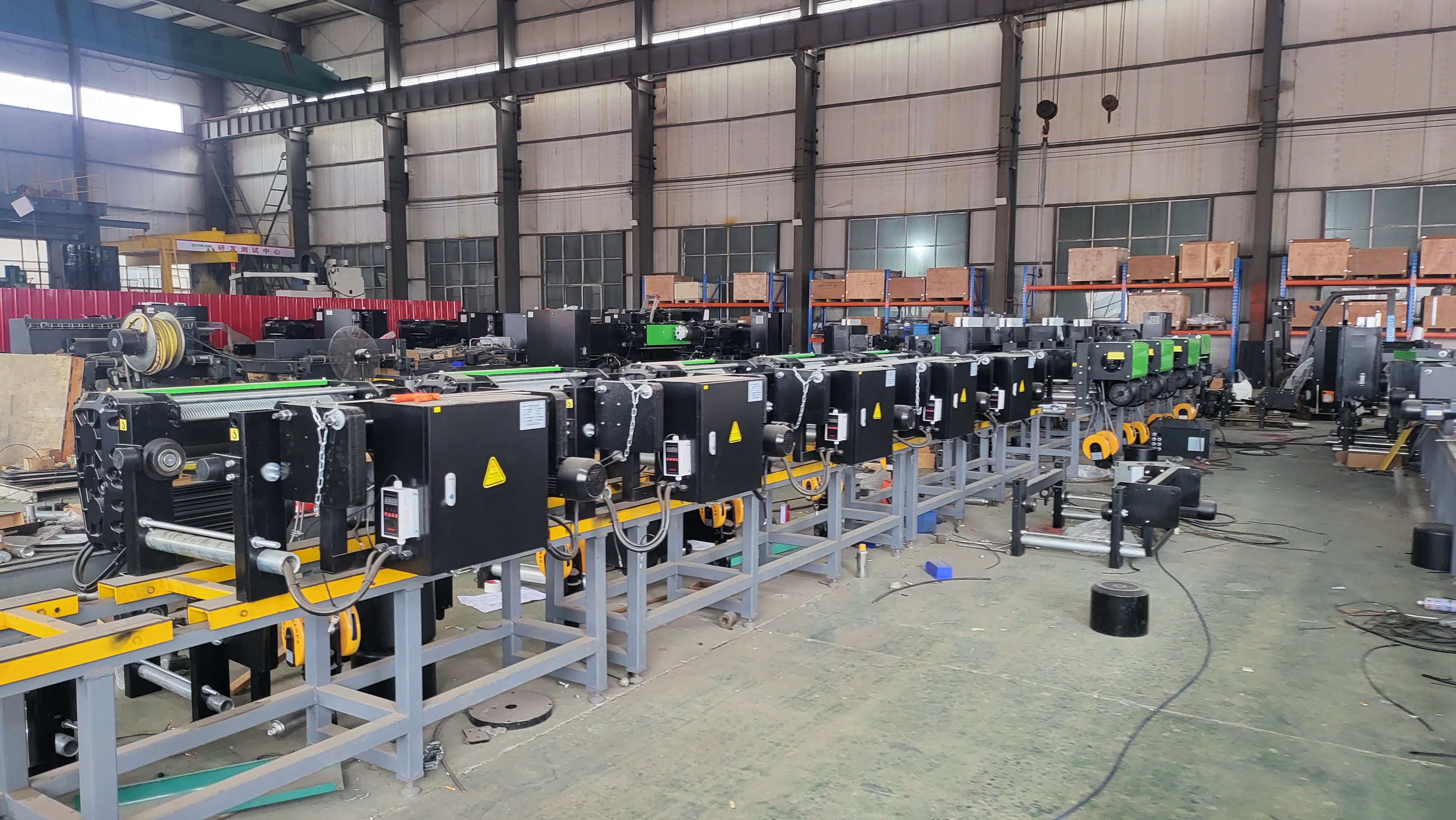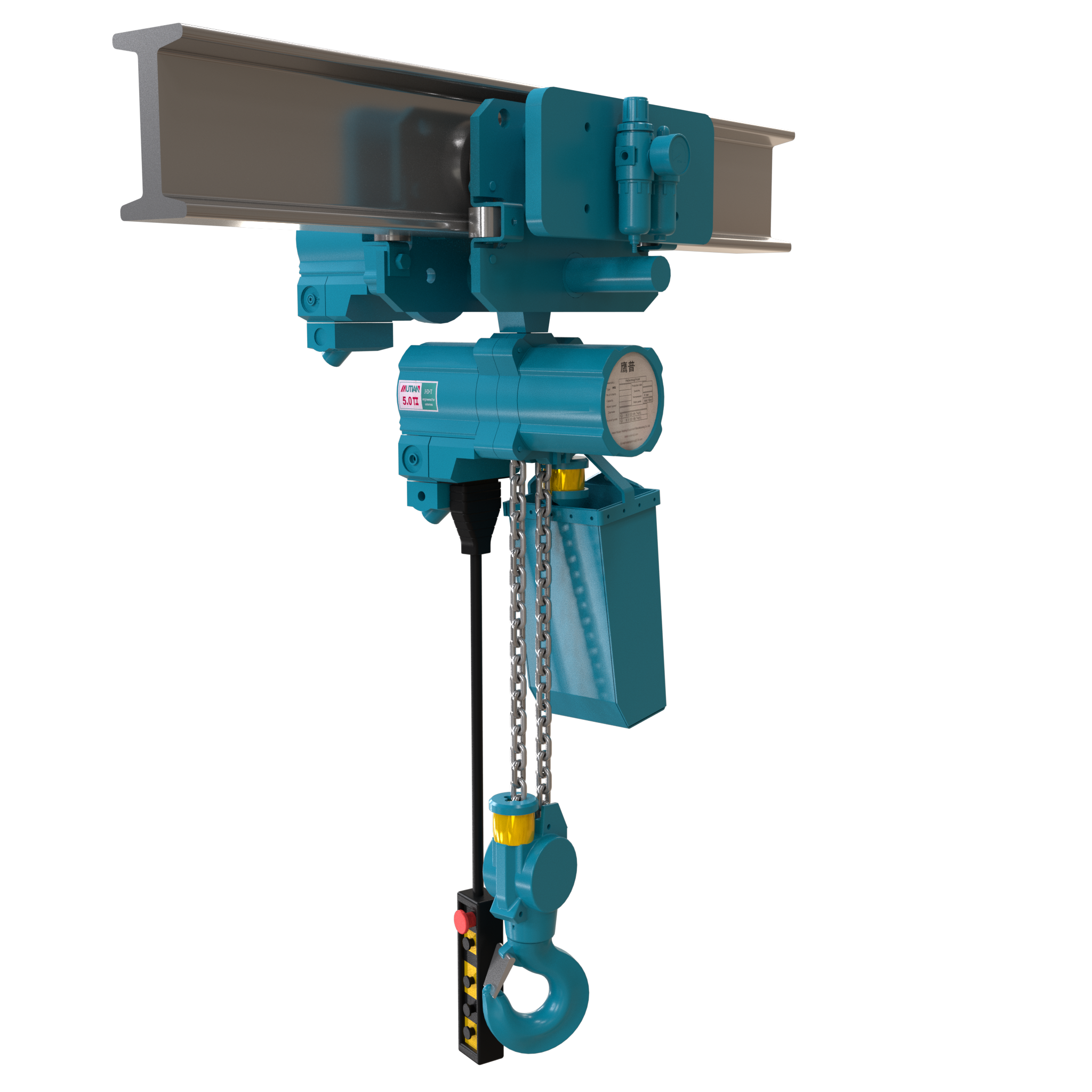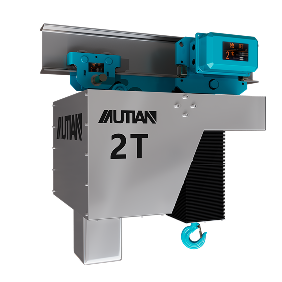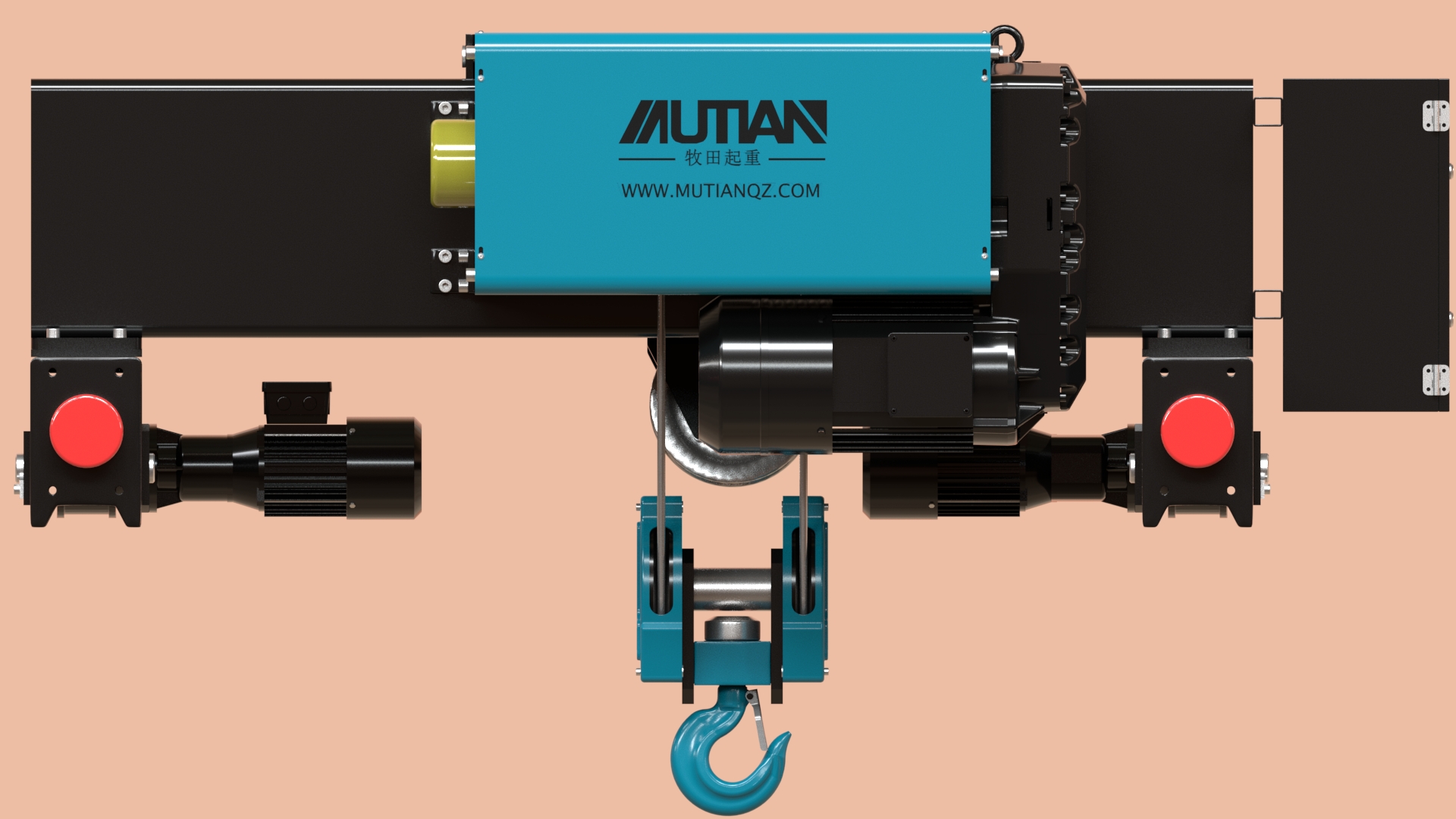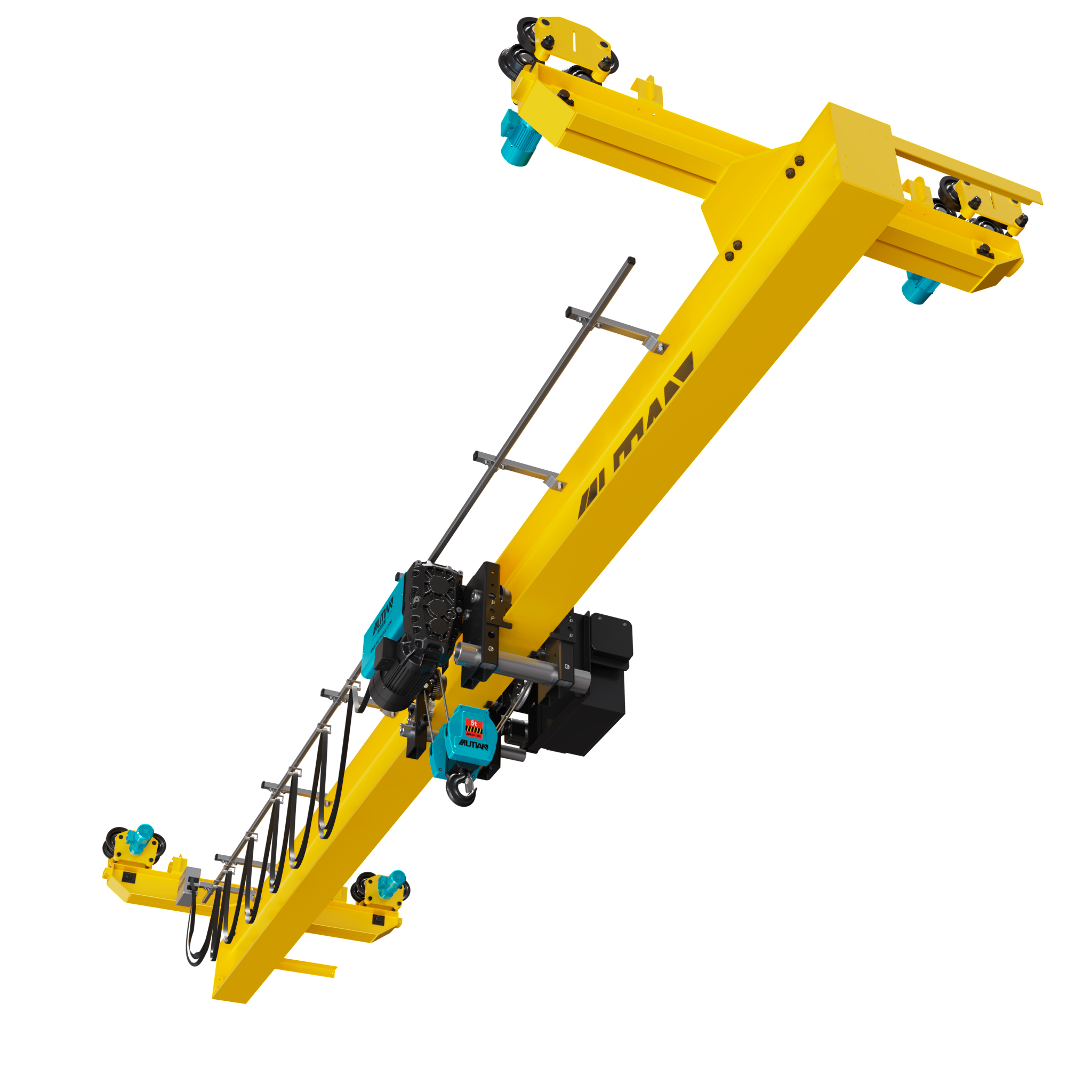Improved Equipment Safety Guide hebei Mutian
The Unwavering Importance of Lifting Equipment Safety
In any industrial environment, from bustling construction sites to streamlined manufacturing floors, ensuring robust lifting equipment safety is paramount. The movement of heavy materials is a daily necessity, but it also presents significant risks if not managed with the utmost care and precision. A single failure can lead to catastrophic accidents, costly downtime, and severe damage to property and personnel. Therefore, establishing a comprehensive safety culture built around reliable equipment and rigorous protocols is not just a regulatory requirement but a fundamental pillar of a successful and responsible operation. This commitment to safety begins with understanding the core principles and investing in the right tools for the job.
Developing a Comprehensive Safety Guide for Lifting Equipment
A foundational element of a secure workplace is a detailed Safety Guide for Lifting Equipment. This guide should serve as the go-to resource for all operators and maintenance staff. Key components include clear directives on load capacity limits, pre-operation checks, and proper handling techniques. For instance, systems with integrated overload protection, like the one found in the HOISTL HX Electric Chain Hoist, provide a critical technological backup, preventing operators from exceeding the machine's stated capacity. Furthermore, the guide must mandate regular training for all personnel, ensuring they are not only certified but also confident in operating specific machinery. An effective Safety Guide for Lifting Equipment also outlines emergency procedures and the correct use of safety features, such as automatic braking mechanisms and heavy-duty safety latches on hooks, which are essential for maintaining control and stability at all times.
How Advanced Hoists Improve Safety Standards
Investing in modern, high-quality machinery is one of the most direct ways to improve safety standards. Today's advanced hoists are engineered with safety as a primary feature, not an afterthought. Take the HOISTL HX Electric Chain Hoist, for example. Its durable, anti-corrosive paint protects it from harsh environments, ensuring long-term structural integrity, while its dual-speed functionality allows for precise, delicate maneuvering of even the heaviest loads. Similarly, the 360 Rotational Chain Hoist offers incredible flexibility with its full swivel capability, allowing operators to position loads accurately without putting themselves in awkward or dangerous positions. The use of high-grade steel chains and heat-treated alloy steel hooks guarantees exceptional strength and resistance to wear, directly contributing to a safer lifting process and helping to improve safety standards across the facility.
The Critical Role of Regular Inspections and Maintenance
Even the most robust equipment requires diligent oversight to maintain its performance and safety integrity. This is where routine inspections become a non-negotiable part of your safety protocol. Implementing a systematic checklist, such as the Crane Inspection Checklist, formalizes this process and ensures no critical component is overlooked. Regularly examining hooks for stress or deformation, checking chains and wire ropes for wear, and verifying that control systems and braking mechanisms are functioning perfectly are essential tasks. This proactive approach helps identify potential issues before they escalate into hazardous failures, preventing accidents and avoiding costly, unplanned downtime. By making thorough inspections a routine, companies can significantly improve safety standards and demonstrate an unwavering commitment to operational excellence and the well-being of their workforce. A thorough inspection process is the backbone of long-term lifting equipment safety.

